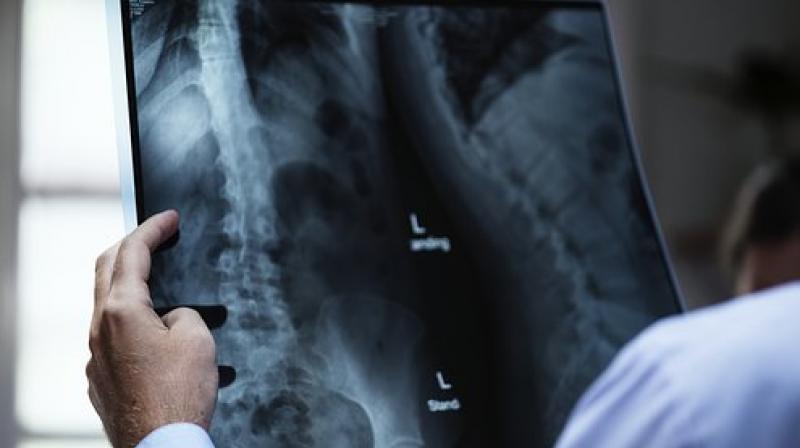Healthy lifestyle can curb progression of ankylosing spondylitis
However, as Ankylosing Spondylitis cannot be curbed, but can be managed or the progression can be curbed.

Ankylosing Spondylitis (AS) is increasingly affecting the young male population of India, with the condition most commonly found in men in their early 20s to 40s. Medical advancements have highlighted a strong relevance of exercise to effectively manage this condition. Dr Sundeep Upadhyaya MD,DM, Sr Consultant Rheumatology, Immunology Indraprastha Apollo Hospitals, New Delhi talks about the symptoms of Ankylosing Spondylitis and how exercise can help in easing the pain.
Ankylosing Spondylitis (AS) is an irreversible, inflammatory and autoimmune disease that affects the spine. In AS there is an overgrowth in the spine bones that causes them to fuse together resulting in a rigid spine. The condition can impact bones of the neck, back, inner thighs, hips and can severely disrupt mobility and cause damage to the posture. If this is left undiagnosed or untreated, the condition can lead to ‘structural damage progression’ where it may become impossible for one to lift their head and neck far enough to look forward. In some cases, patients may even become wheelchair bound.
Medical experts are aiming to sensitise more people about this irreversible condition and help them ‘fight the fuse’ for better diagnosis and management. In severe cases of the condition, patients are advised advanced treatment therapies such as biologics, which help curb further progression of the disease.
In addition to medical treatment, AS patients are also advised effective lifestyle modifications including certain exercises that can help them effectively manage their condition. According to our clinical observation, many AS patients feel better after exercising.
Those living with AS often face difficulties to exercise daily, largely due to the excruciating pain they experience. However, it is advised that they follow a routine exercise regimen at the same time every day, even if it is for 15- 20 minutes on initial basis. It is equally important to incorporate an exercise plan basis the severity of the patient’s condition.
Exercises like stretching, walking, swimming, yoga, cycling, dance and pilates can help patients to a significant extent if followed under proper guidance. Other exercises like wall sit for better posture, taking deep breaths, planks, chin tucks and rolling shoulders can also be beneficial.
Exercise can help AS patients in the following ways:
- Enhances flexibility to make everyday tasks easier
- Increases range of movement
- Enables better posture and reduces feelings of self-consciousness
- Exercise can ease pain at night and improve sleep quality
Symptoms of AS
- Early morning pain and stiffness in the lower back that lasts over 45 minutes
- Back pain or stiffness in the joints that persists over 90 days even with painkillers
- Sudden shooting pain in the back, joints, hips and thighs.

